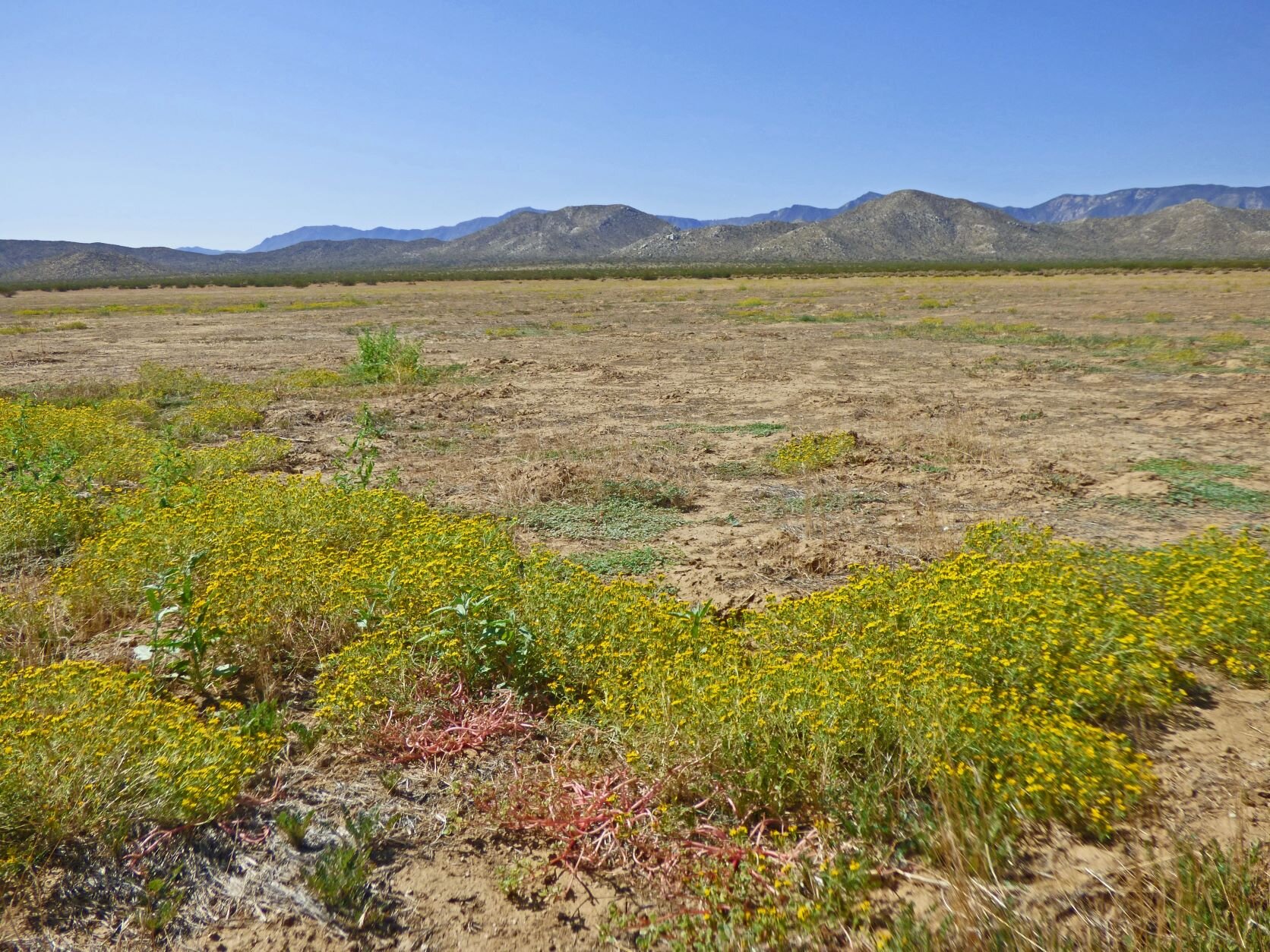By Don Rideout, Gardener
Although spring is peak bloom time, both in gardens and in the wild, it’s good to have some later bloomers to feed pollinators and delight plant lovers. Here are just a few to consider if you are starting a new garden or adding to an existing one.
California Fuchsia (Epilobium canum), pictured above : This is a very popular garden plant that is readily available and easy to grow. There are a number of varieties, and the choice is mostly a matter of personal preference. The flowers are red and tubular, which hummingbirds love. It begins blooming in late July or August, then goes dormant when colder weather arrives. Cut it back hard at that time and it will regrow from the rhizome in spring. It spreads readily by the rhizome and also by seed, so give it room and be prepared to control it if needed.
Cleveland Sage (Salvia clevelandii): Both beautiful and fragrant, this one can’t be beat, and there are numerous cultivars and hybrids to choose from. Blue flowers appear in May and last through
August. It is highly drought tolerant and requires well-drained soil; water no more than once a month in summer. Hummingbirds and insects love it. Give it plenty of room to reach its full size. It can be deadheaded or cut back as desired.
San Diego County Viguiera (Bahiopsis laciniata): This member of the sunflower family generally starts blooming in spring and continues into September, providing lots of nectar for butterflies, native bees, and other pollinators. It is highly drought tolerant and typically needs watering no more than once a month in summer. It can be deadheaded or cut back as desired.
The Buckwheats (Eriogonum spp.): With many species to choose from, there is a buckwheat for every garden. All are consistent late-season bloomers that attract numerous pollinators. California Buckwheat (E. fasciculatum) is the most common in our local wildlands. Ashyleaf Buckwheat (E. cinereum, a Channel Islands native) and Sea Cliff Buckwheat (E. parvifolium) can bloom from late spring into fall near the coast. Other Channel Islands natives include Santa Cruz Island Buckwheat (E. arborescens) and St. Catherine’sLace (E. giganteum). Sulphur Buckwheat (E. umbellatum), the most colorful of all buckwheats, isn’t a true San Diego native, but it grows well here and features vibrant yellow flowers. All these buckwheats are highly drought tolerant but can handle once-a-month summer watering.
For more information on growing these plants and others, see Calscape.org or Calflora.org .





